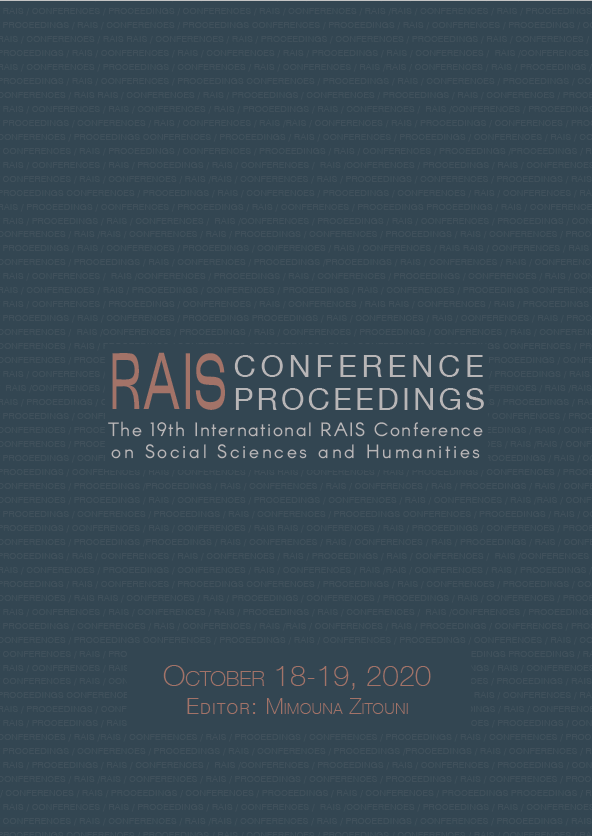Surmounting the Disconnect in Practical Lessons between Curriculum Expectations and Learners’ Prior Experiences
Surmounting the Disconnect in Practical Lessons between Curriculum Expectations and Learners’ Prior Experiences
Author(s): Adri Du Toit
Subject(s): Higher Education , Inclusive Education / Inclusion
Published by: Scientia Moralitas Research Institute
Keywords: Consumer Studies; cultural inclusivity; curriculum expectations;
Summary/Abstract: Home Economics, Consumer Studies and other similar subjects can contribute valuable learning to the lives of learners. Efforts to globalize the contents of these subjects have, however, occasionally led to a loss of cultural inclusivity in curricula, as has been the case in South Africa. Notwithstanding the South African educational landscape needing to cater for diverse cultures, the Consumer Studies curriculum still mainly focuses on Western knowledge and skills, particularly the selection of products that learners must make in food production lessons. This leaves especially African learners feeling disconnected and unmotivated to perform well or succeed in the subject. The overarching aim of the research was to frame recommendations in the form of practical suggestions as part of efforts to surmount this disconnect in order to broaden the perceived and experienced value of food production in Consumer Studies for a wider range of culturally diverse South African learners. A qualitative case study was employed to explore if and how a Consumer Studies teacher at a school consisting of mostly African learners was attempting to overcome the disconnect between the curriculum expectations and learners’ prior experiences. Interviews and site visits were conducted to collect data, and the data were then thematically analyzed from an interpretivist perspective. The findings indicate a substantial disconnect between the expectations of the teacher (informed by curriculum requirements) and the prior experiences and learning expectations of her learners, especially as regards the qualities of successful food products. Two recommendations are made: first, the teacher should use demonstrations as a teaching method to improve learners’ familiarity with products; and second, clear visual images should be displayed to learners to aid them in understanding the expected outcomes of the products they have to make in practical lessons.
Book: Proceedings of the 19th International RAIS Conference on Social Sciences and Humanities
- Page Range: 67-75
- Page Count: 9
- Publication Year: 2020
- Language: English
- Content File-PDF

